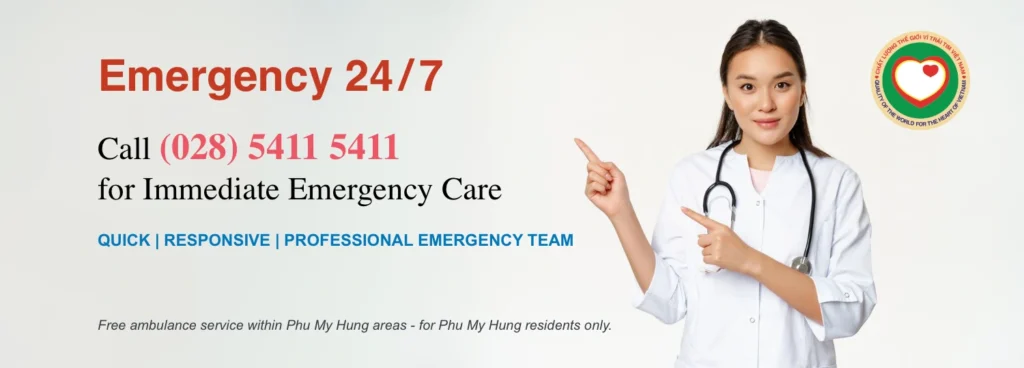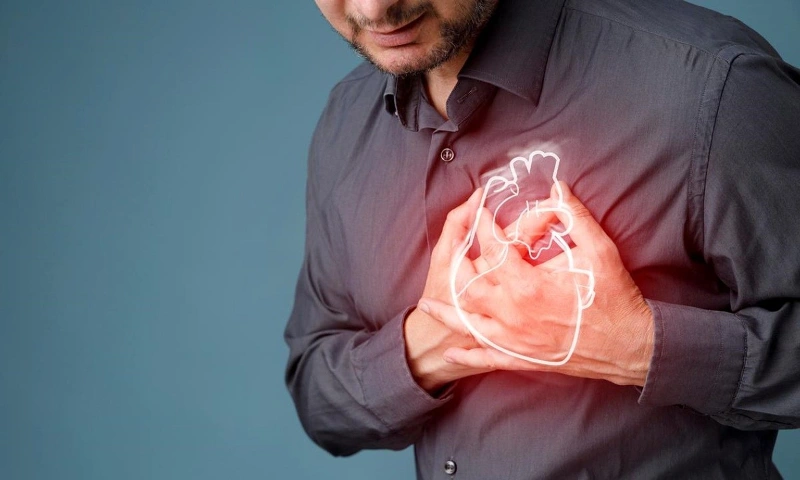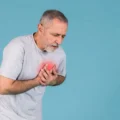Heart Attacks and Strokes: Identifying Symptoms and Treatment
According to the Ministry of Health, in Vietnam, approximately 200,000 people die each year from cardiovascular diseases, a figure higher than deaths from cancer, making it one of the leading causes of death. Notably, the incidence of cardiovascular diseases is rising rapidly, and it is increasingly affecting younger people.
According to Dr. Le Thi Huyen Trang, Specialist Grade I, Vice Chief of Cardiology ICU, Tam Duc Cardiology Hospital, heart attacks and strokes are consequences of damage to the blood vessels, specifically the arteries. These conditions require urgent medical attention, early diagnosis, and timely intervention to prevent fatal complications or lasting aftereffects.
In typical cases, the symptoms of these two conditions are quite distinct; however, in severe, sudden, and critical situations, the symptoms and effects may appear similar, leading to potential confusion in diagnosis and initial treatment.
Symptoms and Warning Signs of Heart Attacks
Most heart attacks result from progressive damage to the coronary arteries (CAD – Coronary Artery Disease). In CAD, the arteries that supply blood to the heart become narrowed or blocked by plaques made of fat, known as atherosclerotic plaques. When these plaques rupture, a blood clot forms, blocking blood flow to the cardiac muscle. The cardiac muscle deprived of blood below the blocked artery becomes damaged, leading to tissue death (necrosis).
- Chest pain or discomfort, often on the left or in the center of the chest, with a deep, pressing, or squeezing sensation.
- Sudden, unexplained pain in the shoulder or arm, which may radiate to the neck or lower jaw.
- Shortness of breath.
- Dizziness, nausea, and discomfort in the upper abdomen.
- In the most severe cases, patients may suddenly lose consciousness, experience cardiac arrest, or stop breathing.
Symptoms and Warning Signs of Stroke
A stroke, also known as a cerebrovascular accident, occurs when a blood vessel in the brain bursts and bleeds into the surrounding tissue, or when a blood clot or atherosclerotic plaque blocks a vessel, preventing blood from reaching the brain. Both vessel rupture and blockage can lead to a lack of blood flow to the brain beyond the affected artery, causing neurological dysfunctions such as:
- Sudden dizziness or loss of balance, difficulty walking, or coordinating body movements.
- Weakness or numbness in the arms, legs, or face, often on one side of the body.
- Severe headache, possibly accompanied by nausea or vomiting.
- Blurred vision in one or both eyes.
- Difficulty speaking, slurred or stammering speech, or inability to articulate words.
- Trouble understanding what others are saying.
- Recognizing the symptoms and signs of stroke or cerebrovascular accident is crucial for timely response.
Treatment for Heart Attacks and Strokes
Heart Attack Treatment
It is vital to restore blood flow as quickly as possible and stabilize underlying conditions. In patients with a heart attack, restoring blood flow is typically done by widening the blocked artery and placing a stent, a small device used to support the artery. In some cases, a thrombectomy may be required to remove a blood clot. Rarely, patients with multiple blockages or unsuitable coronary anatomy for stenting may require emergency coronary artery bypass surgery.
After heart attack treatment, patients need to continue with specific medications. For at least 12 months following stenting, antiplatelet therapy is necessary unless contraindicated, and it may be extended for several years.
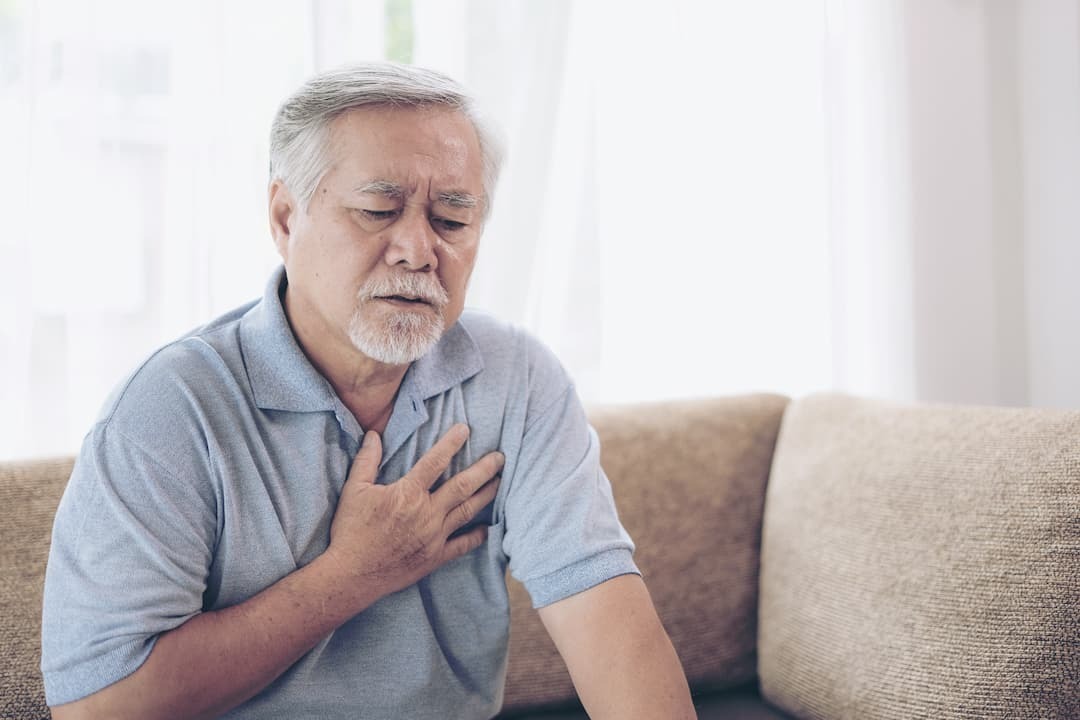
Stroke Treatment
For stroke treatment, the approach differs based on whether the cause is an ischemic stroke (blockage) or a hemorrhagic stroke (bleeding). According to Dr. Le Thi Huyen Trang:
- If imaging reveals that the patient has suffered an ischemic stroke due to arterial blockage, immediate intervention with thrombolytic medications or mechanical thrombectomy is required. In rare cases, stenting of the cerebral arteries may be necessary.
- If the patient has a hemorrhagic stroke, treatment primarily focuses on stabilizing blood pressure and addressing the cause of the bleeding if possible, such as blood thinning medication, uncontrolled hypertension, or cerebral aneurysms, which may require surgery or endovascular intervention.
For acute ischemic stroke, antiplatelet therapy post-treatment is typically shorter, with the duration dependent on the cause, the risk of recurrent ischemic stroke, and the balance between the risk of recurrent stroke and intracranial hemorrhage.
How Are Heart Attacks and Strokes Diagnosed?
Accurate diagnosis and differentiation between a heart attack and a stroke rely heavily on the patient’s symptom history and trigger factors, which play a crucial role in guiding diagnostic and treatment decisions.
Additionally, several immediate diagnostic tests help confirm the diagnosis and assess the severity and prognosis of the conditions:
- Heart Attack Diagnosis: Electrocardiogram (ECG), echocardiogram, and blood tests to measure cardiac enzymes.
- Stroke Diagnosis: CT scan or MRI of the brain, ECG to detect atrial fibrillation (a risk factor for stroke), and coagulation tests to identify blood clotting disorders in cases of hemorrhagic stroke.
Risk Factors for Heart Attack and Stroke
Since heart attacks and strokes fall under the category of cardiovascular diseases, they share many common risk factors, including:
- Smoking.
- A diet high in trans fats, saturated fats, cholesterol, salt, and sugar.
- Excessive alcohol consumption.
- Physical inactivity.
- Diabetes.
- High blood pressure.
- High cholesterol.
- Overweight and obesity.

Proactive Prevention of Heart Attack and Stroke
Proactively preventing heart attack and stroke is essential by maintaining a healthy lifestyle to minimize cardiovascular risk factors:
- Do not smoke.
- Limit alcohol consumption.
- Exercise regularly.
- Reduce intake of fatty and salty foods.
- Undergo regular check-ups every 6 months and early detection tests for risk factors: ECG to detect signs of heart ischemia and arrhythmia; echocardiogram; blood tests for lipids, blood glucose, and high blood pressure… to prevent cardiovascular events.
24/7 Out-of-Hospital Emergency Care
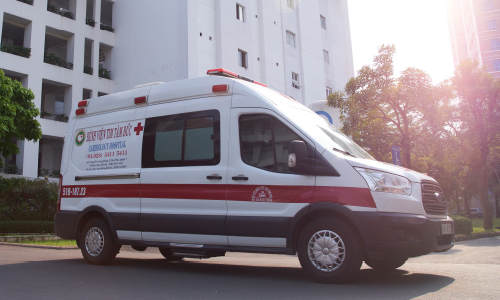
24/7 Operation - Hotline: (028) 5411 5411
- Free ambulance service within Phu My Hung areas
- Quick, Responsive, and Professional Emergency Team
- Modern ambulances equipped with full resuscitation equipment
Prioritized Healthcare Clinic

Comprehensive Care - Fast Checkup - No Queue
- Dedicated and prompt reception
- Prioritized diagnostic tests
- Precise consultations upon test results
